
Developer: La Moutarde
Publisher: Dear Villagers, Plug In Digital
Platform: Switch, PC, PS5, Xbox Series X|S
Tested on: PC
Terra Memoria – Review
It’s time for another entry in our irregular and never-ending battle against the backlog. When French indie developer La Moutarde and publisher Dear Villagers released Terra Memoria in early February, it slipped through the cracks of our busy review schedule. We’re rectifying that now, with an in-depth look at the cozy RPG. And it’s definitely a title that deserves such a look, because it was overshadowed by titles like Eiyuden Chronicles: Hundred Heroes and Dragon Quest Builders. So, what have we been missing out on with Terra Memoria? Let’s find out.
Story
In the world of Terra Memoria, life revolves around special crystals, which are used as a source of fuel that powers up everything, from streetlights to trains. However, the crystal mines are running low, and to make matters worse, there is a worrying increase in the number of attacks from robots called Carcasses. With growing unrest among the inhabitants of the town of Constance, and the mayor not willing to deal with the problem, it’s up to a rag-tag band of adventurers, led by Moshang, a rhinoceros-like mage -that’s you- to deal with the Carcass invasion and make sure that the crystal drought is overcome. Moshang is soon joined by the likes of Syl the fox, Alto the sloth, and humans Meta, Edson, and Opal. The game may not have the most ground-breaking plot, but the excellent cast of characters and the fantastic world-building more than make up for the lack of originality.
Graphics
Just like Eiyuden Chronicles: Hundred Heroes, Terra Memoria’s visuals take inspiration from the 2D HD art style that we’ve come to know and love from games like Triangle Strategy. Despite clearly displaying its inspiration on its sleeve, Terra Memoria also stands out through aesthetics. The environments are rendered in 3D but also look hand-drawn, and the in-game food images are guaranteed to make you hungry. The character designs in particular are outright fantastic, however, as they are filled with personality despite their tiny size. That said, Terra Memoria can’t avoid two common pitfalls of its art style: the game often looks slightly blurry and overexposed, and it’s sometimes difficult to make out all the details on screen. That last one affects gameplay too, as it’s occasionally frustrating to distinguish specific objects from the environment.
Sound
While there is no voice acting present in Terra Memoria, each individual species does get a signature sound effect in dialogue scenes, which adds some personality. Then there’s the game’s OST which comprises a whopping 80 tracks. Many of these are rearranged versions of the same themes, which keeps things consistent. Don’t be fooled into thinking that the soundtrack lacks variety, however: musical themes change as you explore the world, with each environment having its own distinct musical flavor.
Gameplay
Forget the sprawling and lengthy RPG offerings of Square Enix’s Octopath Traveler or Live A Live. Terra Memoria scales things down considerably, instead serving up a shorter and cozier take on the genre. That doesn’t mean Terra Memoria feels limited in what you can do, however. All the hallmarks of classic old-school RPGs are present here, from a layered turn-based combat system to a variety of side quests to get stuck in. Terra Memoria couples this with elements you’d expect in cozier games like Stardew Valley or even Animal Crossing. There is a rhythm-based cooking minigame, for example, as well as a small town that you can help build up. These help make the world feel alive as well as break up the gameplay, although we do feel like the mechanics are a tad shallow and could have been fleshed out more. We’ll get to those, but for now, let’s start by looking at the more classic RPG elements, like combat.
Combat is magic-based, with characters flinging spells at one another. Now, in most RPGs, Magic uses are limited by MP, but here La Moutarde opted for a cooldown system instead. What this means in practice is that the more powerful the spell you cast, the more turns it takes the caster before they can act again. This applies to enemies as well, so you can strategize accordingly, as you might be able to get multiple spells in while your opponent can do nothing. Three of your party members are placed in the front line, whereas the other three act as support characters that provide buffs. One thing we did find needlessly frustrating is that you’re not able to choose which fighting party member is paired up with which support character. Instead, the pairings are randomized for each fight, which felt unnecessary. Rounding things out in terms of combat are elemental weaknesses. The result is a decent foundation for a combat system, although, by the end of Terra Memoria, it had overstayed its welcome and felt very repetitive. It doesn’t help that combat never feels challenging, and even bosses are often a cakewalk.
Fortunately, the same feeling of repetitiveness wasn’t anywhere to be found when exploring the world. The environments are varied, and there is a sense of purpose in checking out every nook and cranny of the world, to find hidden items or complete a side quest. Granted, many of the side quests are nothing more than simple fetch quests, but some are more involved and task you with solving puzzles. Given that completing these quests rewards your characters with new combat abilities, it’s worth going out of your way to actively seek these out.
The cozier elements mostly tie into Terra Memoria’s classic RPG side. Cooking restores HP, for example, and trying out new recipes even adds an HP boost, and early town-building mechanics form the basis for some of the game’s puzzles. You can keep customizing the town of Beegihn (get it?) to your liking too, although this doesn’t affect the rest of the gameplay and is mostly for aesthetic purposes. Terra Memoria leaves a lot of potential on the table here, and we do hope that a potential sequel expands on the town-building mechanics. There’s also the obligatory fishing minigame in Terra Memoria, as well as an accessible crafting system, both of which are RPG staples. We should also mention that the game uses a leveling system similar to that of Xenoblade Chronicles 2, where experience points are given to characters when the party takes a rest, rather than immediately after completing certain actions.
Clocking in at around 12 hours, Terra Memoria’s main story definitely isn’t a lengthy affair compared to most other modern RPGs. However, the game is designed to be tackled at a leisurely pace, encouraging you to get lost in side activities like town building or blacksmithing. If only these aspects of the game were fleshed out more, we’d probably be motivated to keep returning to this world. As it stands, Terra Memoria is a fantastic proof of concept, both for gameplay and as the seed of a world that has a lot of potential to blossom into an RPG series that can rival the “bigger” titles it currently sets itself apart from. It’s a great title for anyone looking for a more relaxed RPG or those who find the sheer length of Final Fantasy too daunting, but anyone looking for a meatier game is better off looking elsewhere. Fortunately, the smaller scope of Terra Memoria is recommended in the price as well, coming in at €19.99.
Conclusion
Despite Terra Memoria’s shortcomings, we did enjoy our limited time with the game. The unique blend of classic turn-based RPG action and cozier elements to break things up works well, although things definitely could have been expanded upon. It’s definitely enjoyable for what it is, even if it doesn’t quite reach the same lofty heights as bigger titles like Eiyuden Chronicles: Hundred Heroes or Triangle Strategy. Then again, it doesn’t aim to do this, although it is the direction we’d like to see the series go in. As a stand-alone release, Terra Memoria isn’t a must-have title, but it has everything going for it to be the starting point for a must-have series.
1 Comment
Leave a Reply
You must be logged in to post a comment.

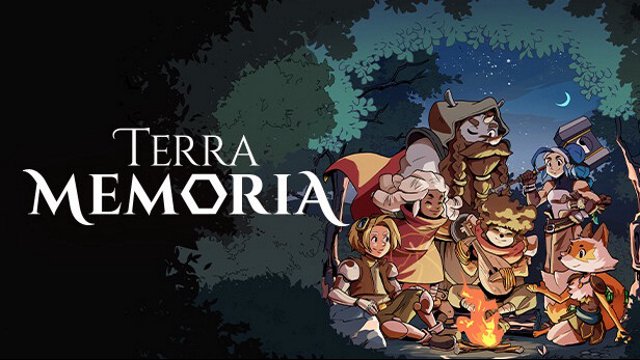
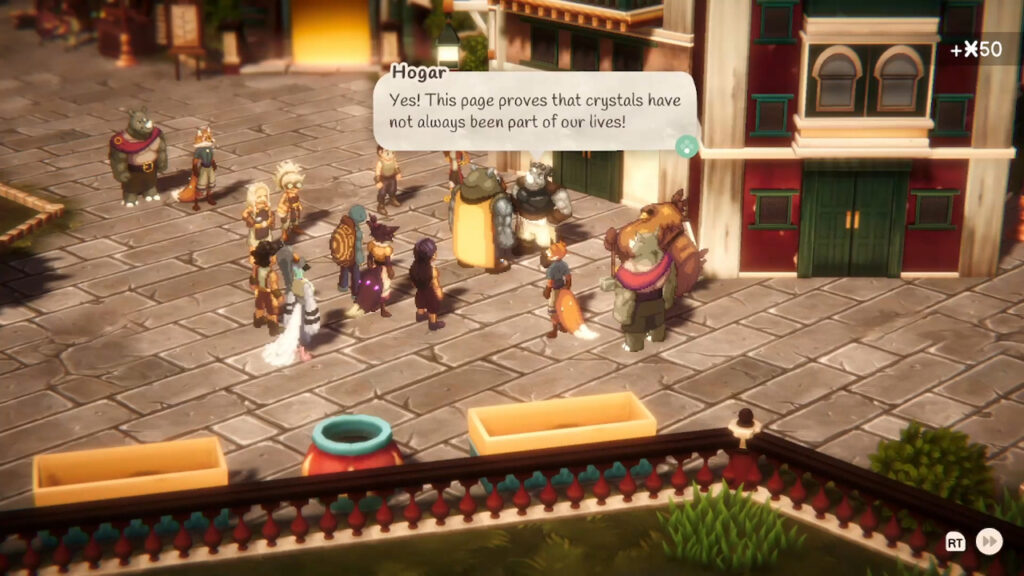
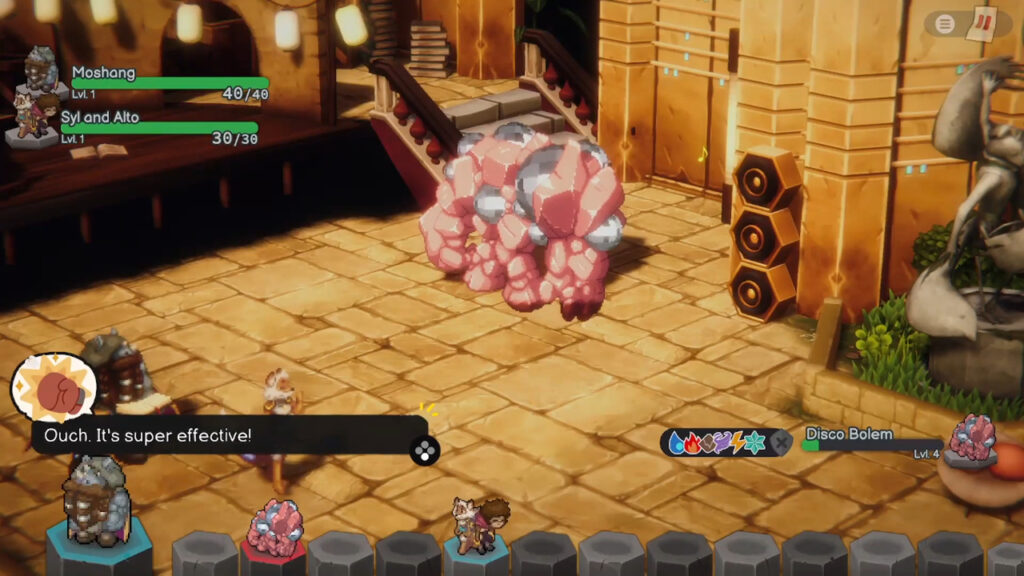
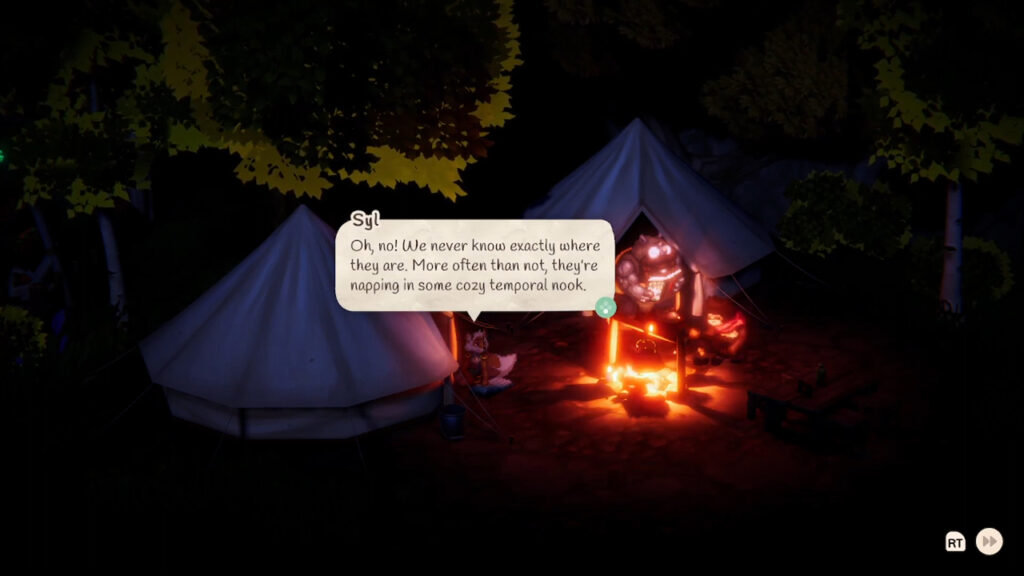
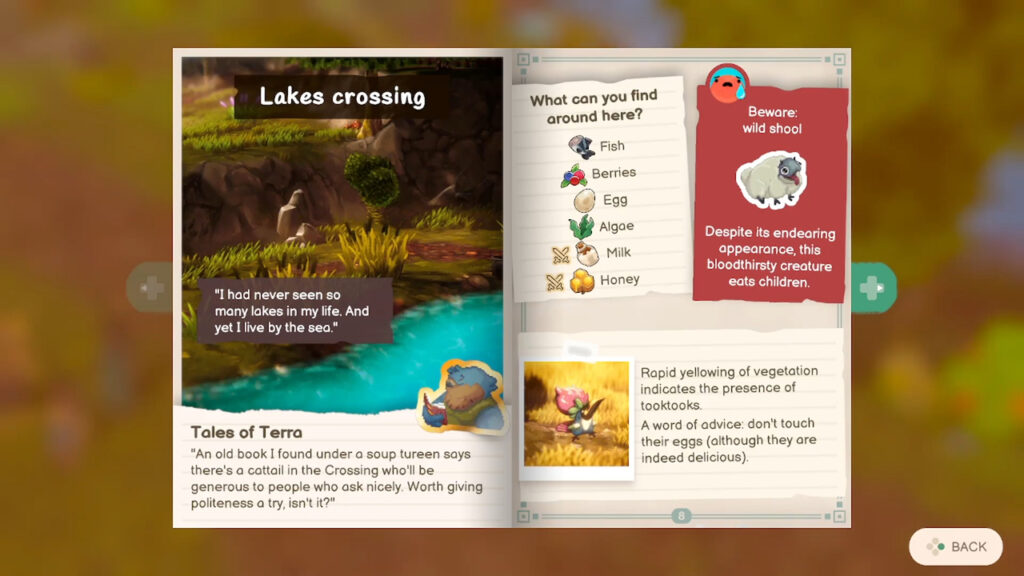
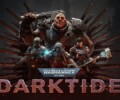



[…] has been a while since we last dug up a game from our backlog, but we’ve got a special title for you this time around. CAGE Studios’ arcade title […]